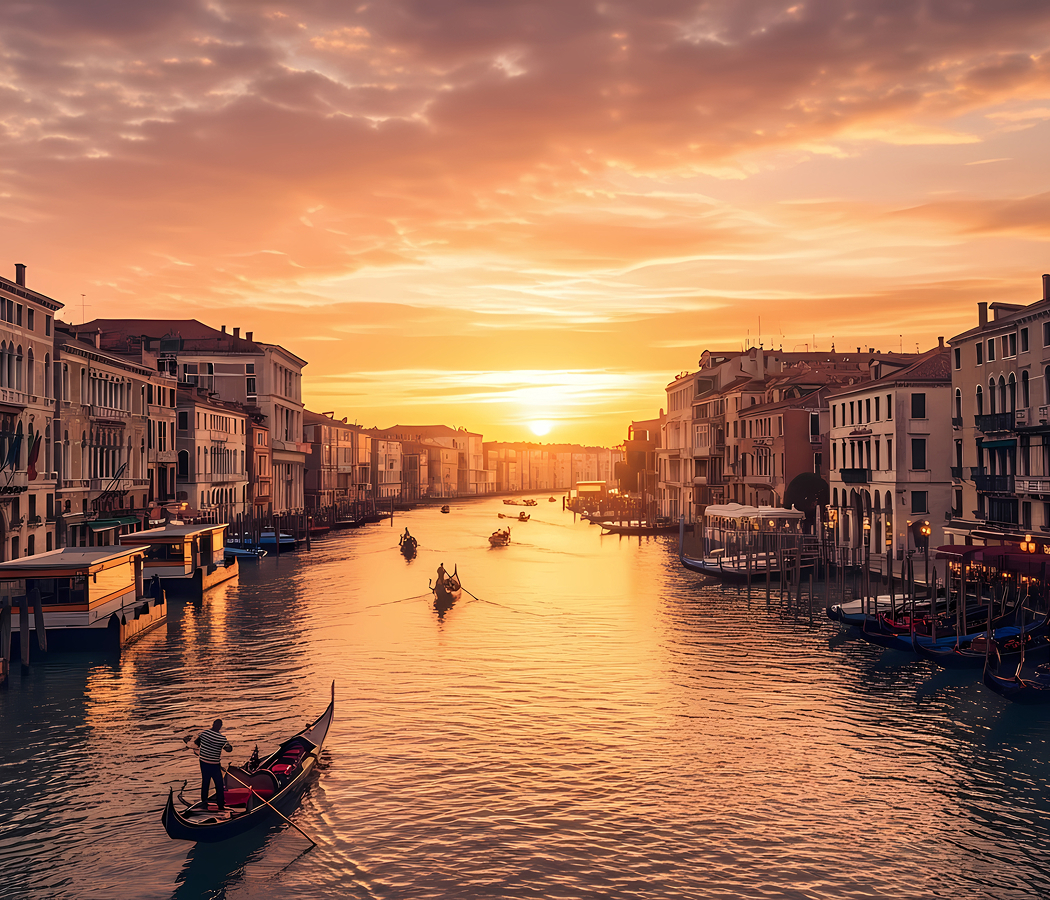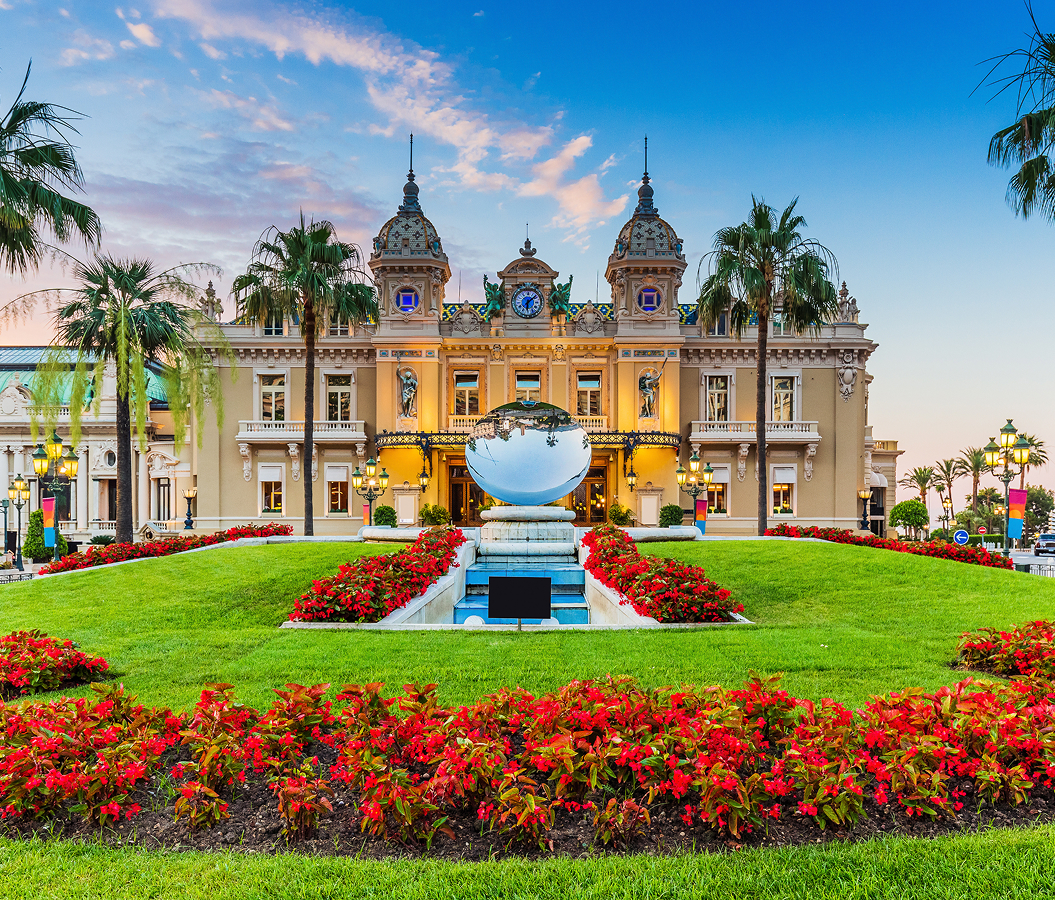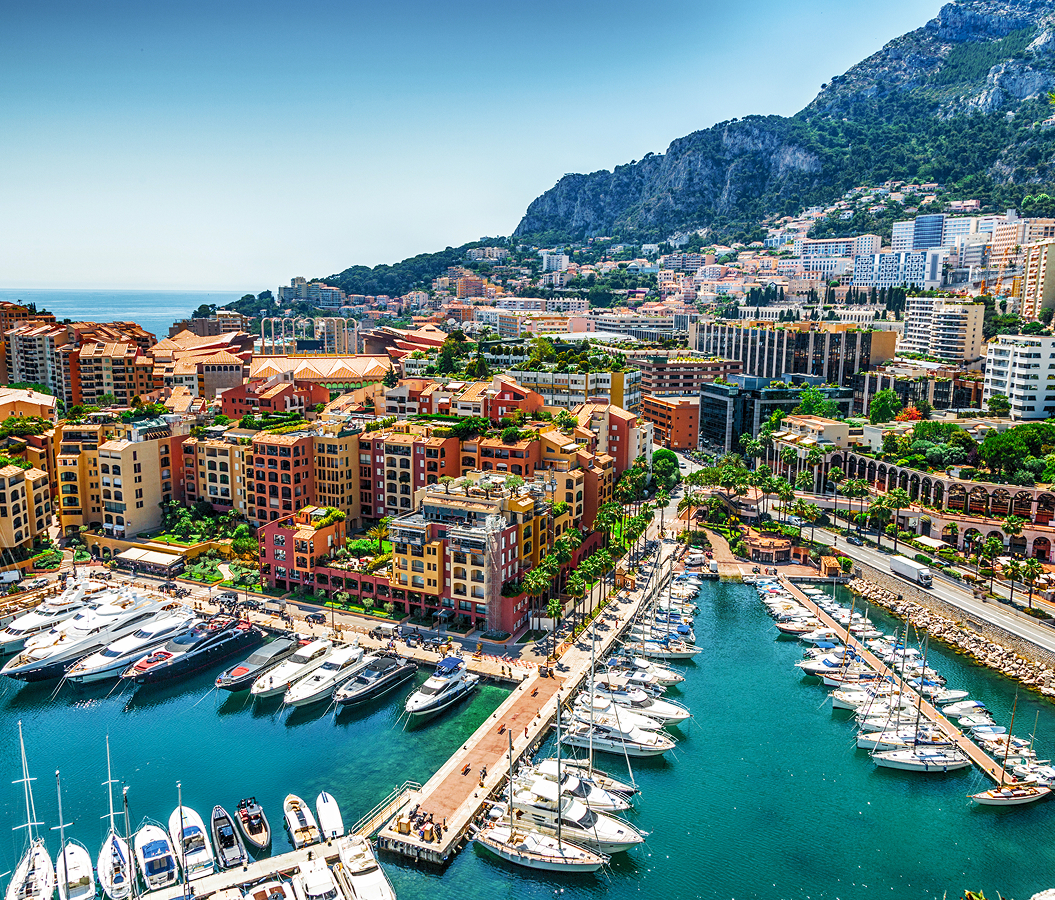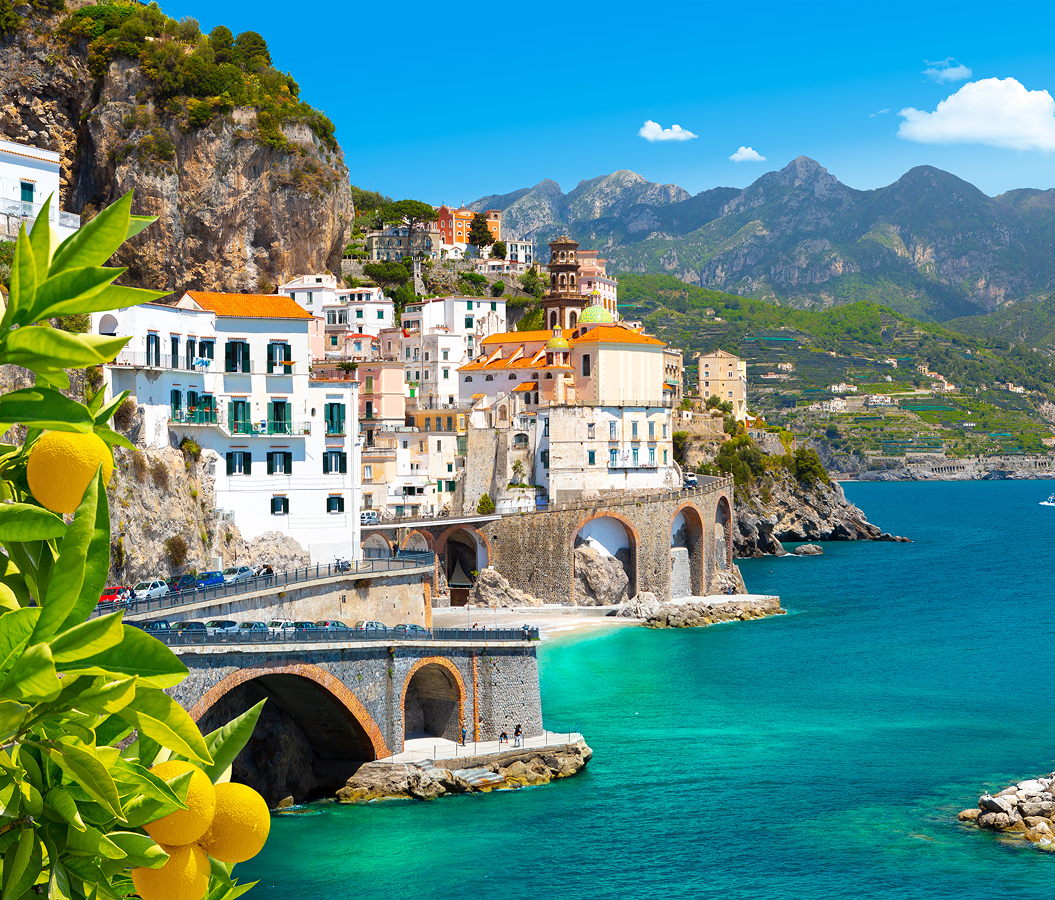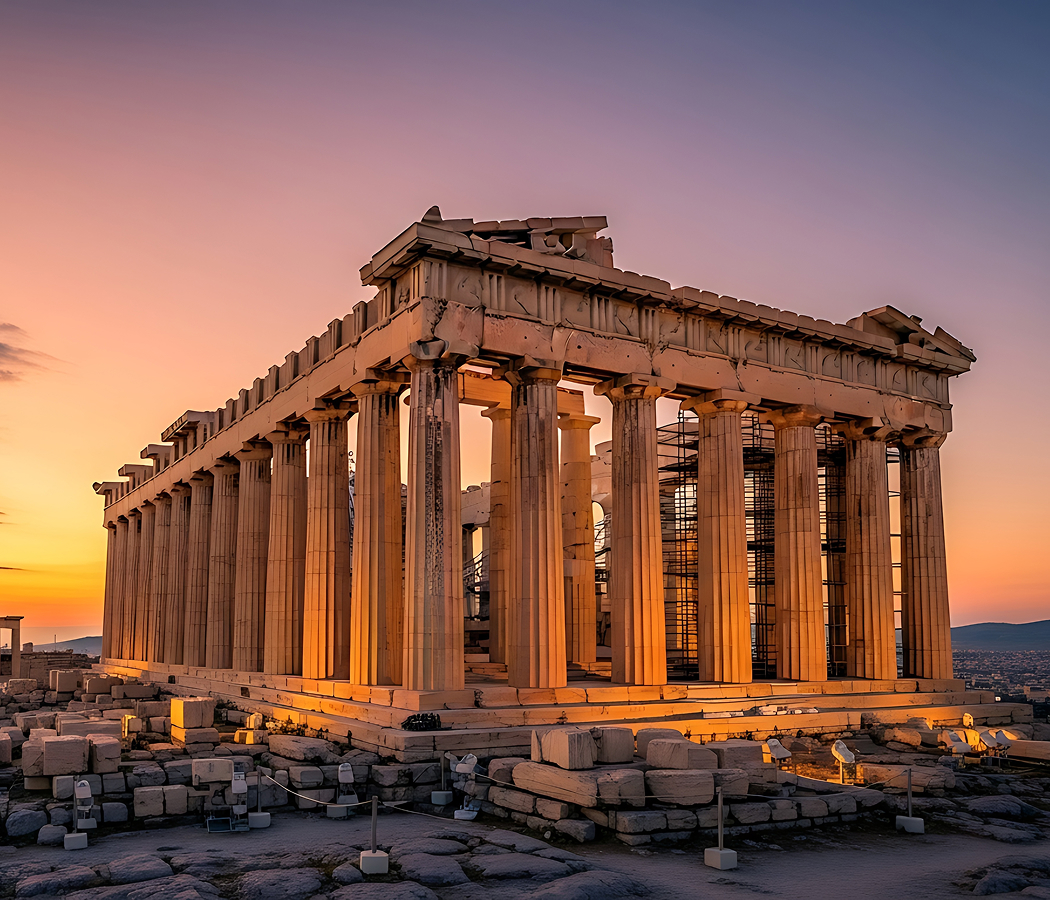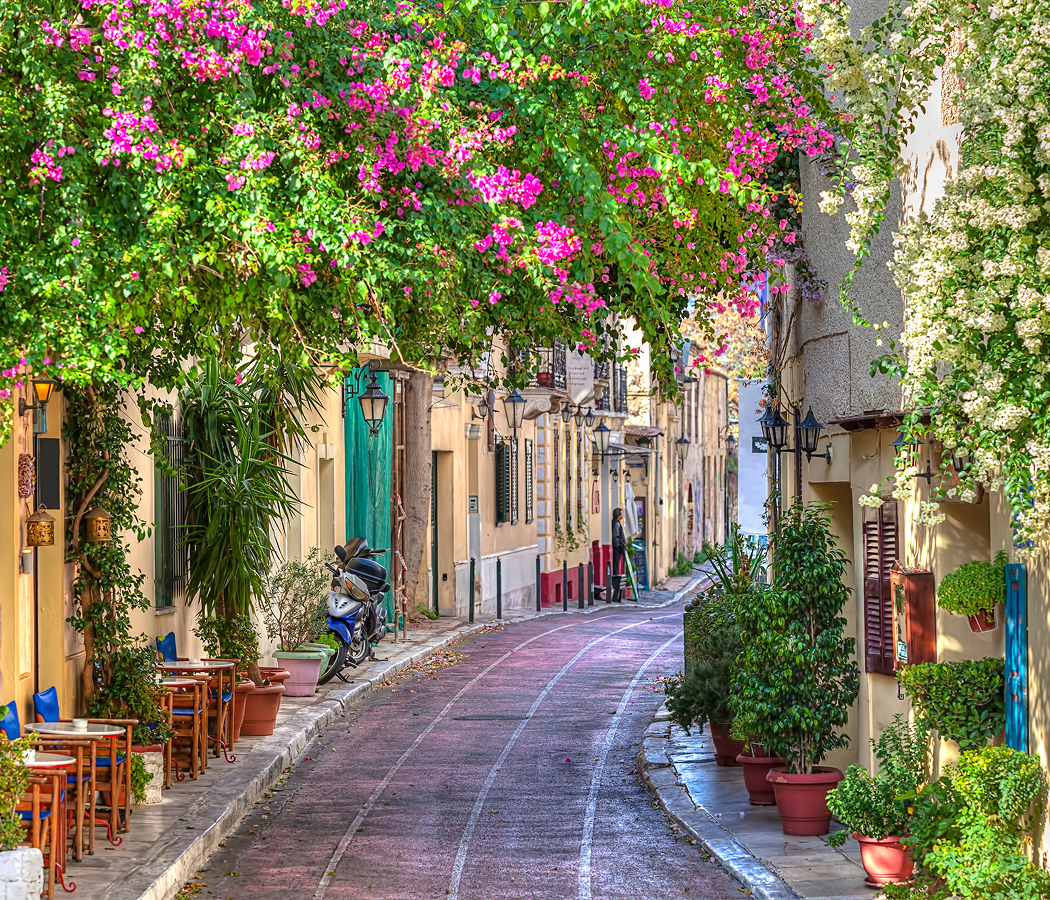
Why you should experience the Uffizi Galleries in Florence.
The Uffizi Galleries aren’t just a museum, they are the very soul of Florence made visible, a living cathedral of art where centuries of genius converge under one magnificent roof.
Standing along the banks of the Arno near the Ponte Vecchio, the Uffizi feels less like a gallery and more like a pilgrimage, a journey through the human spirit’s evolution from medieval faith to Renaissance enlightenment. Step inside, and the air itself hums with history. Light filters through tall arched windows, spilling across frescoed ceilings and marble floors, as masterpieces seem to glow with their own quiet radiance. Botticelli’s The Birth of Venus and Primavera shimmer like visions pulled straight from myth, while Leonardo da Vinci’s studies pulse with the restless curiosity that defined an era. Every corridor unfolds like a new revelation, Giotto’s solemn faces giving way to Michelangelo’s heroic forms, Raphael’s grace to Caravaggio’s shadows. The Uffizi isn’t a collection of paintings; it’s a conversation between artists across time, a symphony of color, perspective, and devotion. To stand here is to witness the Renaissance breathing, Florence at its most eternal.
What you didn’t know about the Uffizi Galleries.
The Uffizi were never meant to be a museum at all.
Their story begins in 1560, when Duke Cosimo I de’ Medici commissioned Giorgio Vasari to design a grand administrative complex, “uffizi” meaning “offices”, to house the magistrates of Florence. But the Medici being who they were, bureaucracy quickly gave way to beauty. By the late 16th century, the upper floors had become a private gallery for the family’s growing art collection, transforming the corridors into a living monument of taste and ambition. As the collection expanded, it became one of Europe’s first true public museums, opening its doors in 1769. Today, over 100 rooms unfold in a sequence that feels both intimate and monumental, holding some of humanity’s most recognizable works, from Cimabue’s sacred panels to Titian’s sensual portraits. Yet what many visitors overlook are the subtler treasures: the Cabinet of Drawings and Prints, home to da Vinci’s delicate sketches; the Vasari Corridor, a secret elevated passage connecting the Uffizi to the Pitti Palace across the Arno; and the Medici portraits by Bronzino, each brushstroke a declaration of power and intellect. The architecture itself is an artwork, Vasari’s colonnaded courtyard forming a visual funnel that draws the eye straight to the river, framing the Florentine skyline like a Renaissance stage. Over the centuries, the Uffizi has endured floods, fires, and even bombings, yet its spirit remains unbroken, a symbol of Florence’s unwavering belief that beauty is civilization’s greatest defense against chaos.
How to fold the Uffizi Galleries into your trip.
To visit the Uffizi is to walk inside the Renaissance, an experience that deserves both patience and reverence.
Book your ticket in advance and give yourself no less than three hours to wander. Begin slowly, starting from the early rooms filled with Byzantine and Gothic works, where gold leaf flickers like candlelight. These sacred beginnings prepare the soul for what’s to come. Move onward to the heart of the collection, Botticelli’s room, and allow yourself to linger. Watch how The Birth of Venus glows like a dream suspended in time, and how Primavera whispers of rebirth and beauty as spiritual truth. From there, follow the winding layout that mirrors Florence’s own evolution, Leonardo’s subtle sfumato, Michelangelo’s sculptural figures, Raphael’s divine balance. Take a moment at the windows that overlook the Arno; from this height, you can see the river that inspired so much art below. When the crowds thicken, retreat to lesser-known corners, the portraits of Northern masters, the statues lining the corridors, the ancient busts gazing out with quiet wisdom. End your visit on the terrace café at the top floor, where the city unfurls before you in all its glory, Brunelleschi’s dome, the Palazzo Vecchio’s tower, the rooftops glowing in Tuscan light. The Uffizi isn’t just a museum visit; it’s a passage through time, a living reminder that Florence’s true masterpiece isn’t a single painting or artist, it’s the city’s unbroken conversation with beauty itself.
Hear it from the Foresyte community.
You kinda expect to just see art but it’s like walking into a flex from the Medici. Every painting feels like a power move. Wild energy.
Where meaningful travel begins.
Start your journey with Foresyte, where the planning is part of the magic.
Discover the experiences that matter most.















